Essential Oils Support Clean Skin from Within
Your skin is the largest organ in your body. It plays an important role in both protecting you from absorbing toxins and helping to eliminate waste, especially when the other organs of detoxification are overwhelmed or overburdened.
When your organs of elimination – including your lymph, liver, gallbladder and kidneys are overtaxed or congested – your body eliminates toxins through your skin which can present as skin conditions like acne, rosacea, eczema, or psoriasis.
Topically applied essential oils can help address the root causes of your skin troubles, supporting a clean body and optimal detoxification support so you can transform your skin from the inside out.
Essential Oils
The chemical constituents in essential oils help keep plants healthy by moving vital fluids and energy. They transport water from the roots to the leaves and perform similar functions in your body, helping to move energy, flush toxins like viruses and heavy metals, and prevent stagnation.
Essential oils can help open elimination channels like those in your lymphatic and circulatory systems to improve the flow of energy and toxins through the blood, into the detoxification organs, and then out of the body. A report in Science magazine reported that certain types of anesthetics, or substances that reduce sensitivity to pain, dramatically increase the space between your brain cells so fluid can flow more easily to help wash the brain.
Essential oils like clove, eucalyptus, lavender, fennel, black pepper, and peppermint have sedative and anesthetic properties. For example, the administration of clove oil, which is high in the constituent eugenol, dramatically decreased the time required for the induction of anesthesia (more on the benefit of clove below)
Addressing Skin Inflammation
To help eliminate skin inflammation, such as with conditions like acne, rosacea, eczema, or psoriasis, you’ll want to ensure that the toxins are able to exit the body. When the body recognizes that it is safe to allocate resources to cleaning house, toxins flow from the cell to the lymph, to the blood, to the liver, to the gallbladder, to the gut and out of the body. When the body is under stress or senses danger, these elimination pathways are not as efficient and your skin pays the price.
The key to turning on your body’s pathways of elimination is activating the Parasympathetic branch of your autonomic nervous system.
Your nervous system serves as the operating system for your body. It controls all of your automatic functions, including your ability to detoxify and eliminate toxins that can trigger skin inflammation.
But your ability to detoxify can only turn on when your body feels safe. When the threat of danger is present, your body activates the “Fight or Flight” survival branch of your Nervous System, known as the Sympathetic branch, and all non-essential functions, including detoxification, are effectively turned off.
In order to detoxify, your body needs to be in the “rest and digest” parasympathetic state. You literally cannot detoxify when you are under stress.
This means your skin cannot heal when your body thinks it is in danger. You need to calm the danger signal in your body as a first step to healing your skin.
How to Stimulate the Safety Signal to Calm Inflammation
The key to turning on your detoxification capacity lies in the longest nerve in your body that you probably have never heard of.
In case you aren’t familiar with the vagus nerve, it’s the longest and most complex cranial nerve in your body that’s made up of thousands of sensory fibers.
It travels between your brain and almost every organ in your body and allows for vital back and forth communication.
It’s responsible for the regulation of internal organ function and tells the brain what’s happening in your vital organs, including your stomach, intestines, lungs, heart, spleen, liver, and kidneys.
It also regulates the parasympathetic “rest, digest and heal” state of our nervous system and helps calm the body after the “fight or flight” response is triggered.
If the vagus nerve isn’t functioning as intended due to low vagal tone, an infection, toxicity or something else happening inside your body, a traffic jam builds up and vital information can’t be communicated back and forth between your brain and your organs.
This is where numerous health problems arise, and where the importance of vagus nerve stimulation comes into play.
As it turns out, a handful of researchers had already started to explore a more invasive form of vagus nerve stimulation as a cure for certain health ailments like depression and epilepsy, yet it wasn’t exactly public knowledge yet.
With this more invasive method, vagus nerve stimulation devices are surgically implanted under the skin on the chest. When activated, the device sends electrical signals along the left vagus nerve to your brain stem, which then sends signals to certain areas in your brain. The FDA has approved this technology for epilepsy, depression, and migraines.
Research on this modality is very promising. In one study published in Biological Psychiatry in 2005, 124 people received usual treatment for depression and 205 people received usual treatment plus vagus nerve stimulation.
After one year of treatment, the combination treatment group showed more improvement than the usual treatment group. Significant improvement was seen in 27% of patients that received vagus nerve stimulation versus 13% that did not.
Essential Oils Stimulate the Vagus Nerve
Essential oils are natural, non-invasive, easy tools to use to activate your vagus nerve. They possess both olfactory (smell) and transdermal (topical application) qualities, making them easy to inhale and apply on the skin to activate your vagus nerve.
Research backs this up as inhaling essential oils such as lavender or bergamot has been shown to activate your vagus nerve as measured by improved heart rate variability. Inhaled essential oils travel directly to your brain (specifically to the prefrontal cortex behind your forehead) where they can immediately help calm the fear response in your brain. In addition, topically applied essential oils can cross the blood-brain barrier to stimulate your vagus nerve within the brain.
Your skin is also relatively permeable to fat-soluble substances like essential oils, making topical, or transdermal, applications extremely effective. Topical application also bypasses the stomach and liver, which can chemically alter the therapeutic effects of drugs and essential oils.
It is important to note that different application points yield different results. You can significantly amplify your results by intentionally applying essential oils on specific healing points known as acupuncture points or reflexology points that are correlated with specific organ systems or regions of the brain, like the vagus nerve.
For example, acupuncture points behind the ear and around the neck are the most effective points for stimulating the vagus nerve. A neural anatomy study showed the vagus nerve is most accessible for stimulation via the lower half of the back ear. Research on “acupuncture and vagus nerve stimulation (VNS) found that acupuncture points produce clinical benefits through stimulation of the vagus nerve and/or its branches in the head and neck region that are anatomically proximate to vagus nerve pathways there, where the VNS electrode is surgically implanted.”
Topically applying stimulatory essential oils behind the earlobe on the mastoid bone can stimulate the vagus nerve where it is most accessible to the surface of the skin. This triggers the parasympathetic response and turns on healthy detoxification function in the following organs of elimination:
Brain: Your vagus nerve initiates in the brainstem, where it directs your organs of detoxification to move toxins out of your system.
Lymph: Your vagus nerve runs alongside your lymphatic vessels and can enhance or detract from congestion that impacts lymph flow. Your lymphatic system filters and moves waste products, including pathogens, infections, toxins, and metabolic waste out of the cells for elimination. Healthy vagus nerve function, in the parasympathetic state, enhances the flow of lymph supports the body’s ability to detoxify.
Blood Flow: Your parasympathetic nervous system helps increase blood flow to your organs of detoxification so they have more energy to operate effectively.
Liver: Your Liver plays a huge role in the detoxification effort, filtering pathogens, viruses bacteria, parasites, and toxins from the blood and neutralizing the chemistry of the toxins so that they are more easily removed from the body. Your liver is also responsible for the synthesis and secretion of bile, which functions as the vehicle carrying many toxic substances into the intestines for elimination. The liver is innervated by the parasympathetic nervous system which helps regulate and support your metabolism, blood flow, bile secretion, and detoxification functions. (Study)
Gallbladder: After your liver processes toxins, the waste molecules are transported in your bile through your gallbladder to the intestines for excretion. As long as toxins flow in the right direction, they can be eliminated.
When the flow of bile is stagnant or slowed, toxins cannot be efficiently removed. Your gut shifts towards a state of dysbiosis, where unfriendly flora dominates, and constipation is common. The toxins from pathogenic bacteria then block detoxification pathways in the liver as well.
Your sympathetic nervous system slows digestion and inhibits gallbladder contraction and emptying. By way of contrast, your parasympathetic nervous system supports optimal bile flow to enhance detoxification.
Intestines: Your intestines physically break down your food, so you can digest, absorb and assimilate your nutrients and also eliminate the waste. In the parasympathetic state, blood is routed to your gut to help optimize these processes. The parasympathetic state also supports healthy bile flow to carry toxins through the gut for elimination.
It is estimated that 25% of detoxification processes occur within the gastrointestinal tract. For example, most toxins enter the body within foods and beverages we consume. Intestinal permeability or leaky gut allows greater entry of undesirable compounds into the body, many of which can produce “toxicity” symptoms once they reach a certain threshold. In addition, a leaky gut allows these potentially toxic compounds to bypass the processes of detoxification that would normally be carried out within the gut cells.
Regular and healthy bowel movements are a critical pathway for the toxins to leave the body. Poor waste elimination is often correlated with toxins being reabsorbed into the body, often known as re-toxification. The Parasympathetic state helps support healthy digestive motility and triggers bowel movements critical to the elimination pathway which allow for nutrient absorption and triggers the muscle contractions to allow food and waste to move through the digestive tract.
Another key stressor and toxin creator is an impaired digestive system. If you are not absorbing and assimilating your nutrients, it puts another stress on the body and the undigested food particles add to the toxic burden. Stimulating the parasympathetic response also helps to stimulate the optimal digestive cascade, including your ability to eliminate toxins.
Kidneys: Your kidneys detoxify by filtering toxins out of your blood and removing waste products through urination. Sympathetic nerve receptors are abundant in the kidneys, and sympathetic overactivity can disrupt your balance of sodium and water. The parasympathetic state supports healthy hydration and blood pressure to ensure toxins are eliminated and do not recirculate through your body.
Skin: The skin is your largest organ and a major elimination pathway and is innervated with sensory parasympathetic fibers. Your skin detoxifies by first building a barrier for toxins to enter and then using sweat to eliminate them. Your sweat glands act as a key channel helping to support any toxic overflow from the liver or kidneys. For example, skin reactions like acne, rosacea, psoriasis or rashes are often an indication that the liver and kidneys are processing more toxins than the body can handle, so your pores will start to pitch in to sweat things out. Epsom salt baths support healthy detoxification.
Learn more about essential oils for the skin at https://boostthebrainbook.com/
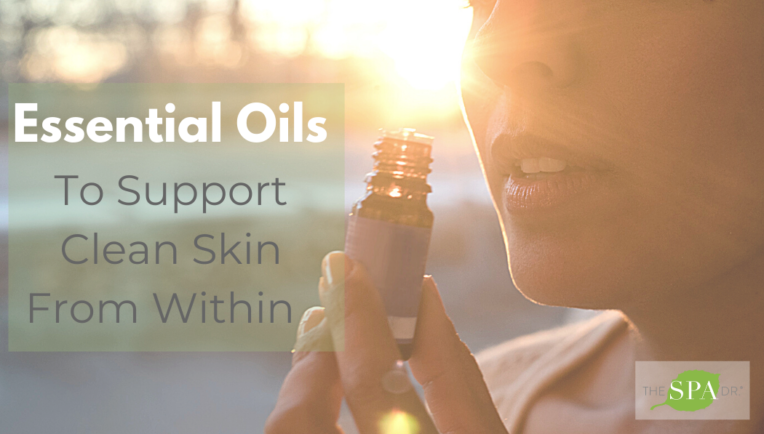

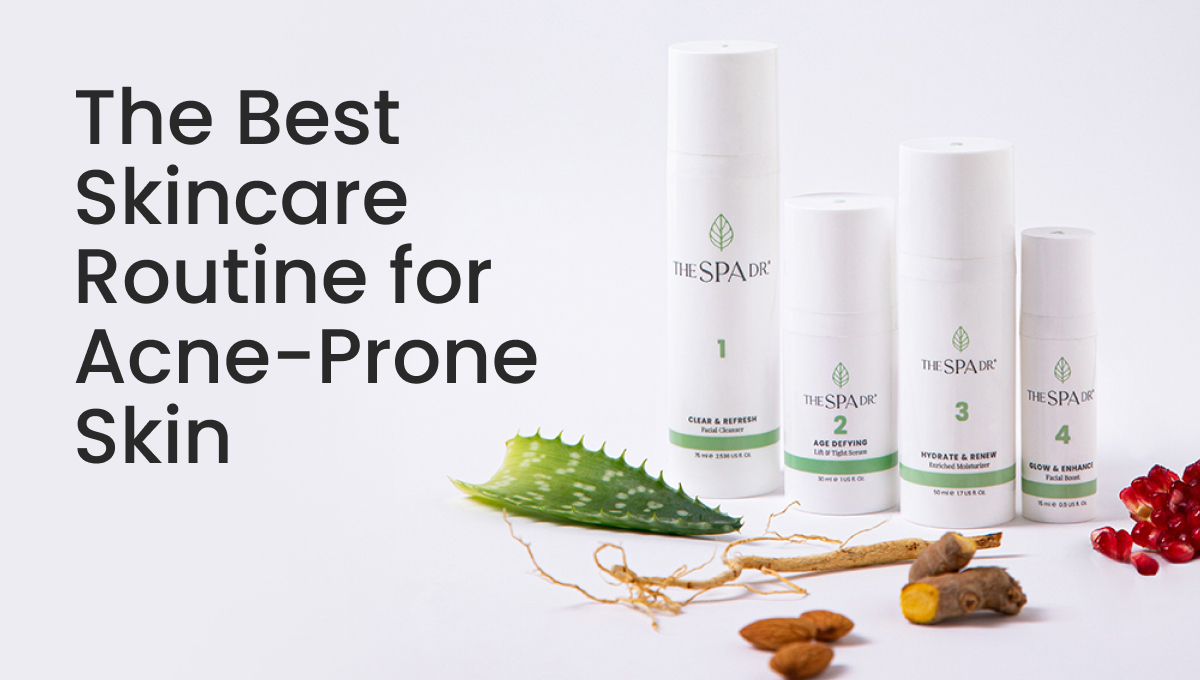
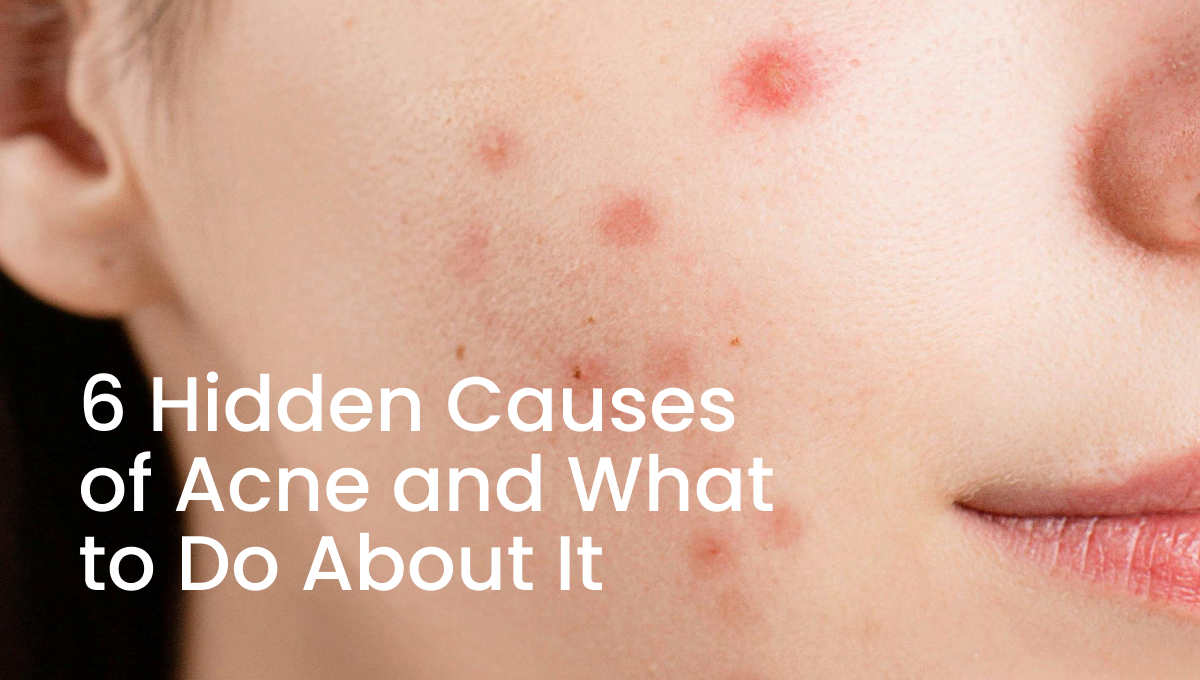
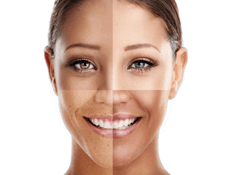
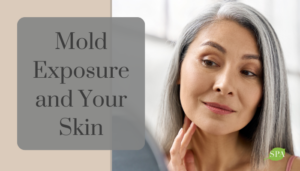


Reader Interactions